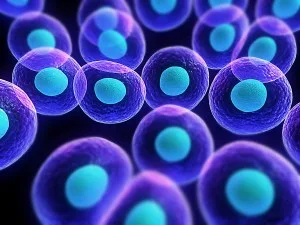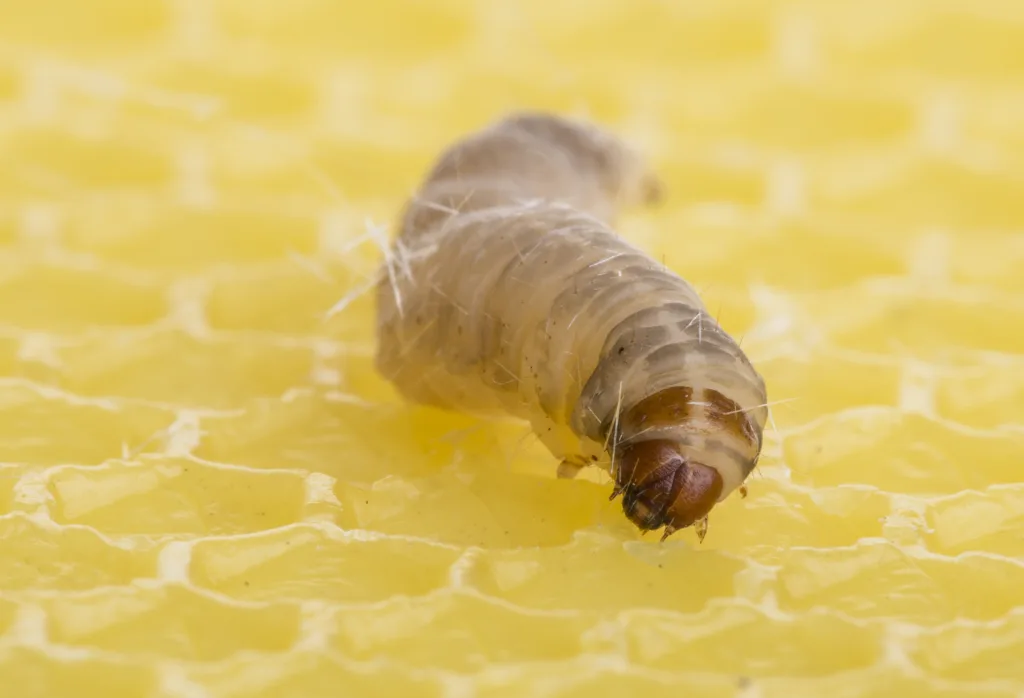The Secret to Clustering? Unveiling the Mystery Behind Spinal Cancer Clusters
According to the CDC, over 600,000 people passed away from this leading cause of death, making it the second greatest claimant of casualties. Upon being diagnosed, one experiences a lifetime of stress and a load of rigorous treatment in the form of chemotherapy in an attempt to kill all the cells before the illness could spread to the remainder of the body. It doesn’t always stop at this point though, many go on to have progressing stages that may either require more treatment, a verdict of ‘X months to live,’ or the first followed by the second. This illness is cancer.
There are over a hundred and fifty types of cancer, ranging from the head to the toe and everything in between. Some cancers are heavily influenced by gender (such as breast cancer), others by age (such as prostate cancer), and so on and so forth. The specific one that ought to be highlighted though for its increased presence (clustering) of cancerous cells relative to the body is spinal cancer. Although most (if not all) cancers have the ability to cluster its cells in a couple of specific areas, this one can cause cancer cells to become three to five times more apparent in the spine relative to other limbs.
Without the assistance of modern medicine and technology necessary to probe deeper, scientists just considered this specific clustering of cells a medical mystery.
But we have access to that technology now. At least, researchers from Weill Cornell Medicine and the Hospital for Special Surgery in New York do. With these resources, they were available to figure out what exactly causes these clusters to emerge: vertebral skeletal stem cells in the spine. What makes these stem cells unique relative to other ones is their production of a protein that attracts these tumor (cancerous) cells to come to them.
So what can be done with this? Excellent question.
Through identifying what may exactly cause this clustering, researchers can work on targeting these vertebral skeletal stem cells to disrupt their function (i.e., attracting cancerous tumor cells to them).
That seems like the perfect plan, no? However, when an experiment on mice where these cells are targeted took place, it didn’t completely eliminate the amount of bone (and, by extension, the number of cancerous cells) in that area. This then begs the question: is there a second stem cell type that we aren’t accounting for? Or is it something else?
Sources
- https://www.cdc.gov/nchs/fastats/leading-causes-of-death.htm
- https://www.washingtonpost.com/science/2023/11/28/new-stem-cell-spine-cancer/
- https://pubmed.ncbi.nlm.nih.gov/37704733/












